Shooting at the range and in the field, while enjoyable, is time-consuming, and the cost of shooting keeps increasing. We now live on six acres, but previously we lived in suburbia in a single-family home with an attached garage on 1/3 of an acre. I developed a method that allowed me to shoot in my garage, with accuracy, at a greatly reduced cost and noise level without disturbing my neighbors or my lovely, accommodating wife. (However, our dog, Boo-Boo, got a little nervous.)
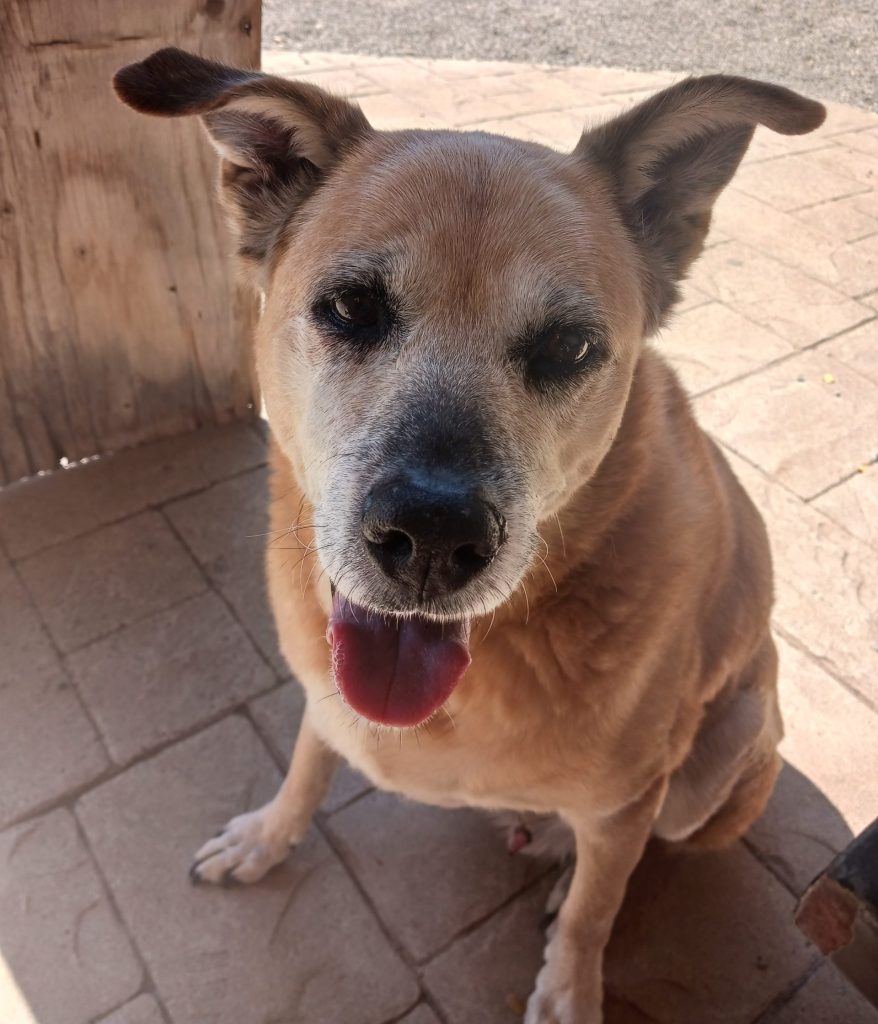
Boo-Boo
The cost and time savings have allowed me to shoot in my garage almost every day. In two years of shooting in my garage, I estimate I have fired over 12,000 rounds, most of which were recovered and reused. My shooting skills and knowledge were greatly increased, with enormous cost savings.
Living in the country makes it more convenient to shoot at longer ranges with higher loads. This aspect of my shooting will be covered in later posts. But my first series will be at ranges between 5 to 20 yards shooting accurately and reliably at the lightest loads and with the least cost as I can manage.
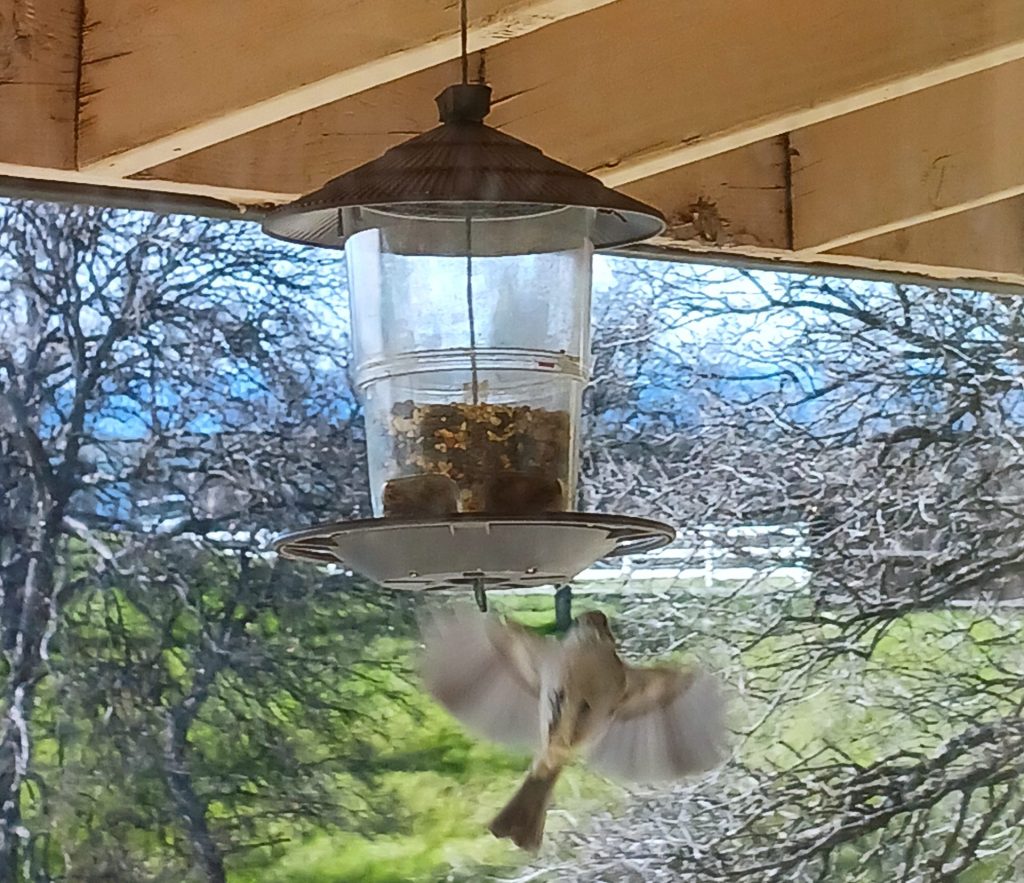
Four Goals:
I needed to satisfy four goals to enable me to shoot indoors:
1) LESS NOISE enables me to have more choices of shooting areas that would otherwise be unsuitable.
2) LESS BULLET IMPACT reduces the worry of bullets leaving the target zone and allows them to be trapped and reused…leading to:
3) COST SAVINGS because most fired projectiles can be reused or easily swaged. If not re-useable, they can be thrown into the melting pot. Also, powder loads are reduced by a range of between 62% to 97% of target loads. In addition, wads and fillers are not needed and have proven to reduce velocity.
4) ACCURACY ranges from cloverleaf ragged holes to group sizes of 1 1/2″ or less, up to 5 yards for revolvers and 7 yards for rifles. (My current indoor range is 10 yards.)
Gallery Load Development
Note: Separate posts on revolver and rifle gallery load development are coming, as well as individual gallery loads for each weapon.
When I first decided to shoot indoors, I started to use a quick and easy way to achieve accuracy and reliability at a much lower cost than traditional shooting methods. This method had a maximum effective range of five yards for revolvers and 7 yards for rifles (my maximum possible indoor space at that time).
The main idea was to shoot at low velocity with small powder loads (typically 2 1/2 to 10 grains). Sounds simple, but I quickly found I had to depart from standard practice to achieve accuracy and reliability, especially with revolver load development.
I was surprised how much power even a load of as little as 5-gns can demonstrate. A revolver 137-gn conical over a 5-gn powder load went through 12″ of carpet fiber and a 5/8″ particle board. With the same load, I had some fun two-gunning a toaster to death in my garage, followed up by a defunct printer.
To achieve consistent accuracy and effectiveness, the bullet must rest on the powder without the use of fillers. The loading apparatus on my revolvers aren’t long enough to accomplish this. So, all my gallery loading is done with a loading stand. A short length of steel rod is also required for proper seating.
To compress the powder in a consistent manner requires loading balls and conicals of smaller diameter than normally used. Barrel leading occurs, which I discuss throughout the blog, dealing with its impact on accuracy (not much) and its removal (easy).
Recovery & Reuse
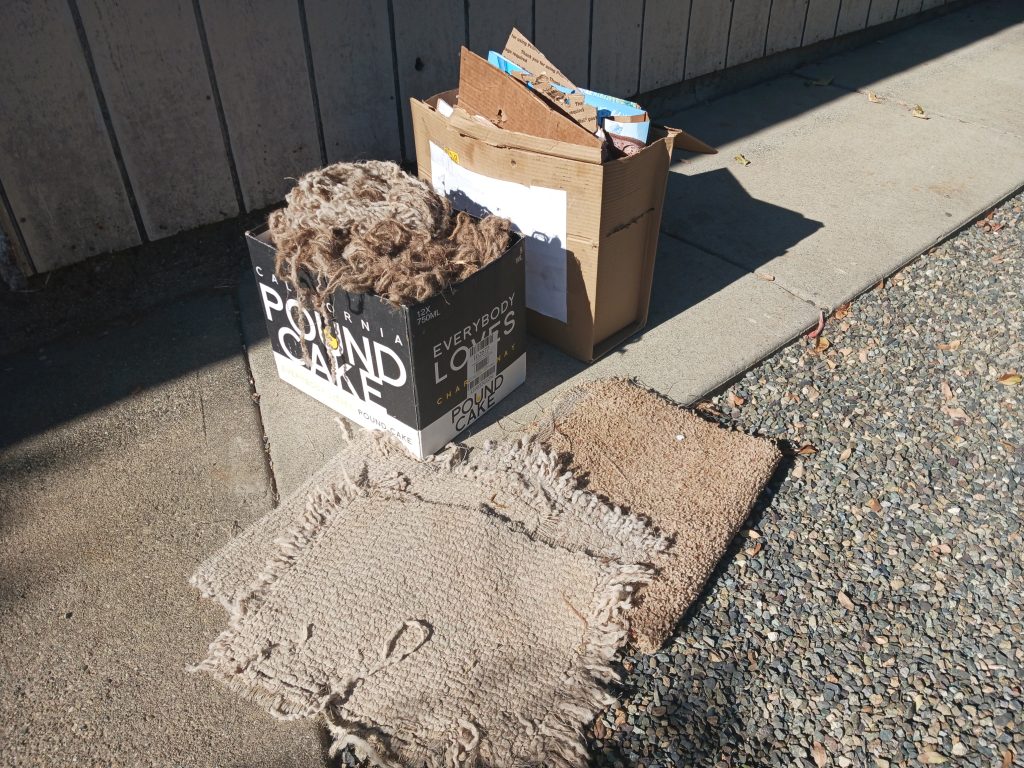
Bullet Traps
I use bullet traps to capture and reuse my projectiles. One is full of carpet squares and fibers, the other uses cardboard.
Tools & Materials
The KISS principle is at work here: Keep It Simple Stupid…not really stupid, but certainly simple. Using easily obtainable materials and tools, I was able to swage recovered projectiles and reuse them many times over.
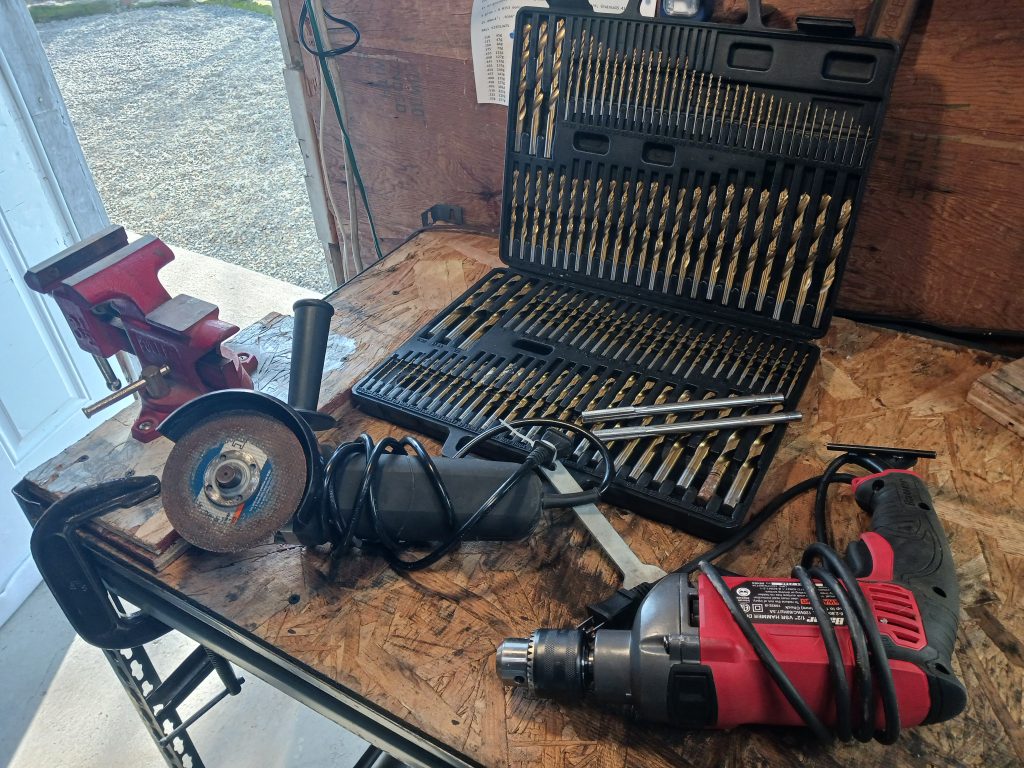
Tools consists of drill bits, reamers, an edge cutter, drill, files, hand tools, and a bench vise.
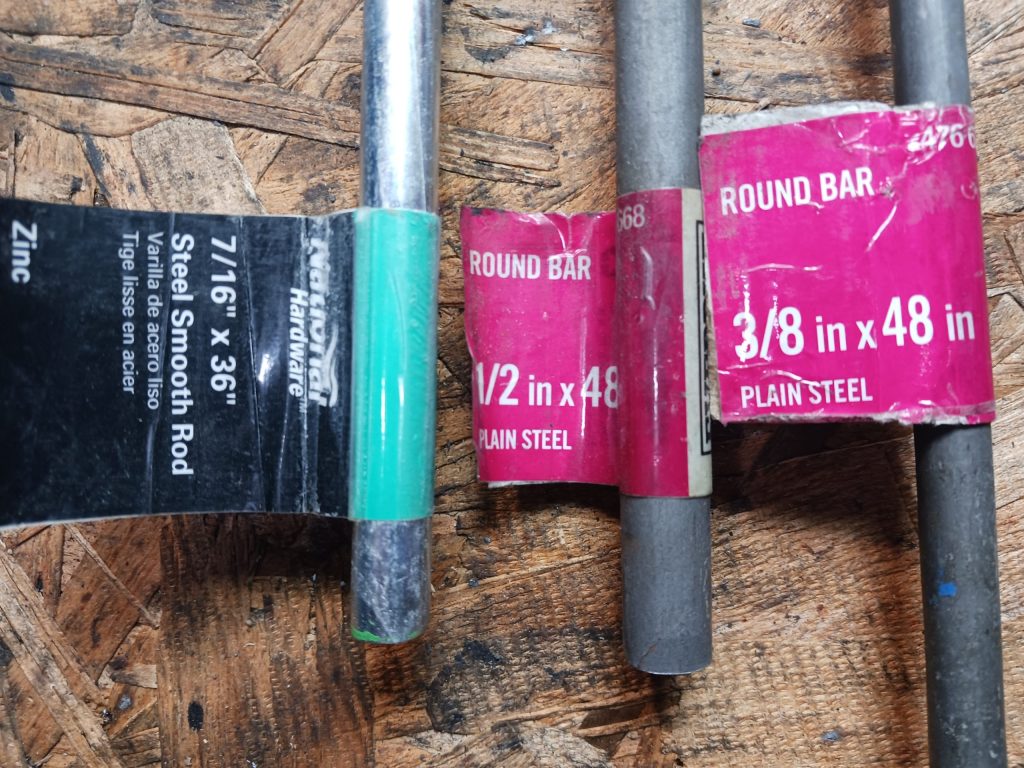
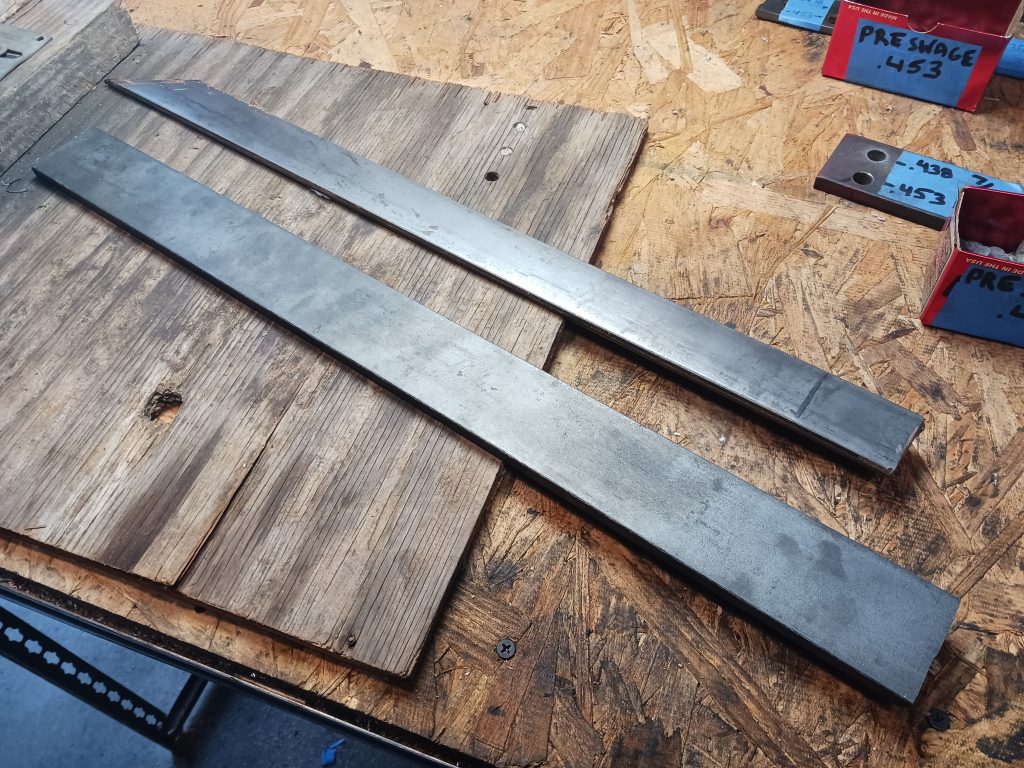
Materials consist of bushings, steel bars and rods. (“Making Swaging Tooling”.)
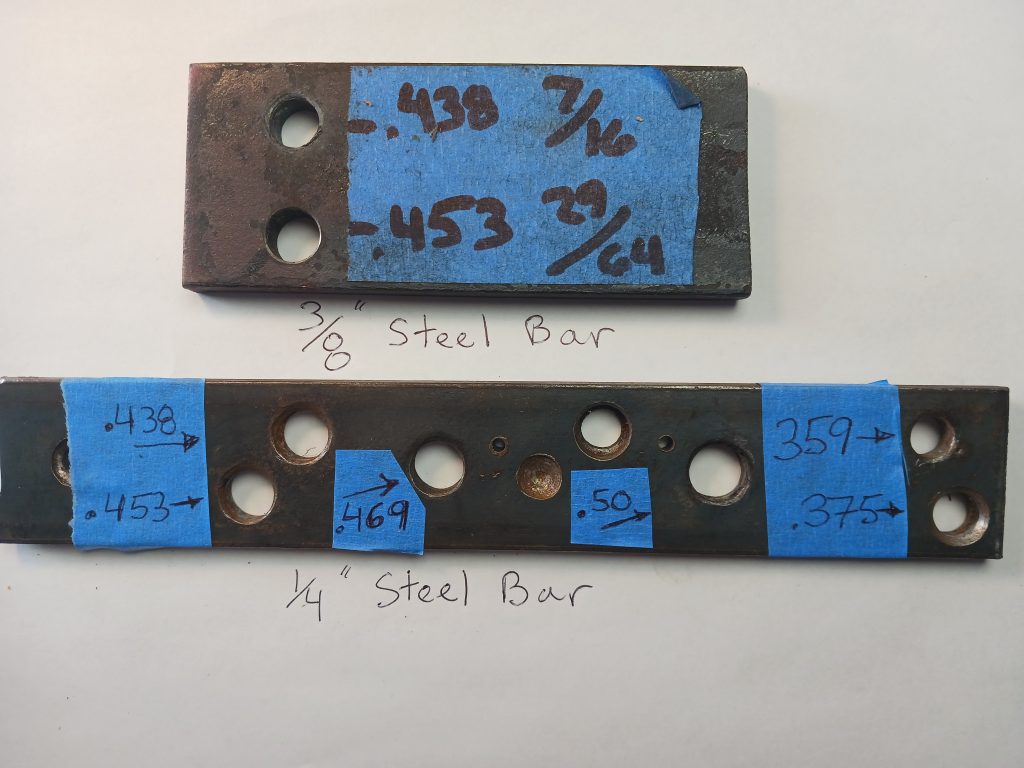
Some Swaging Holes
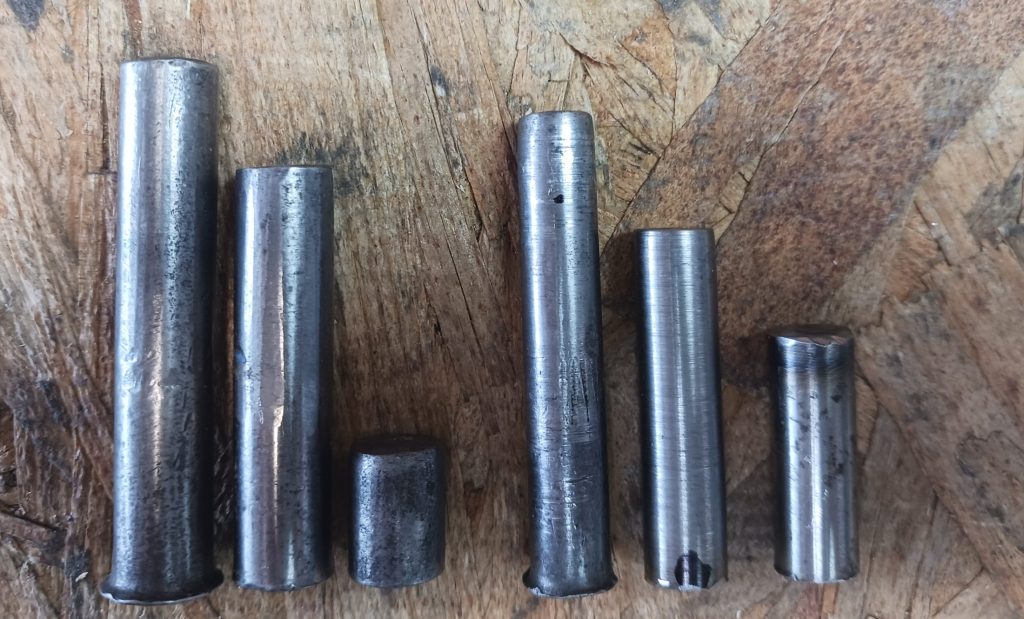
Steel Rods Used for Swaging & Loading
Swaging
NOTE I will have more detail in following posts.
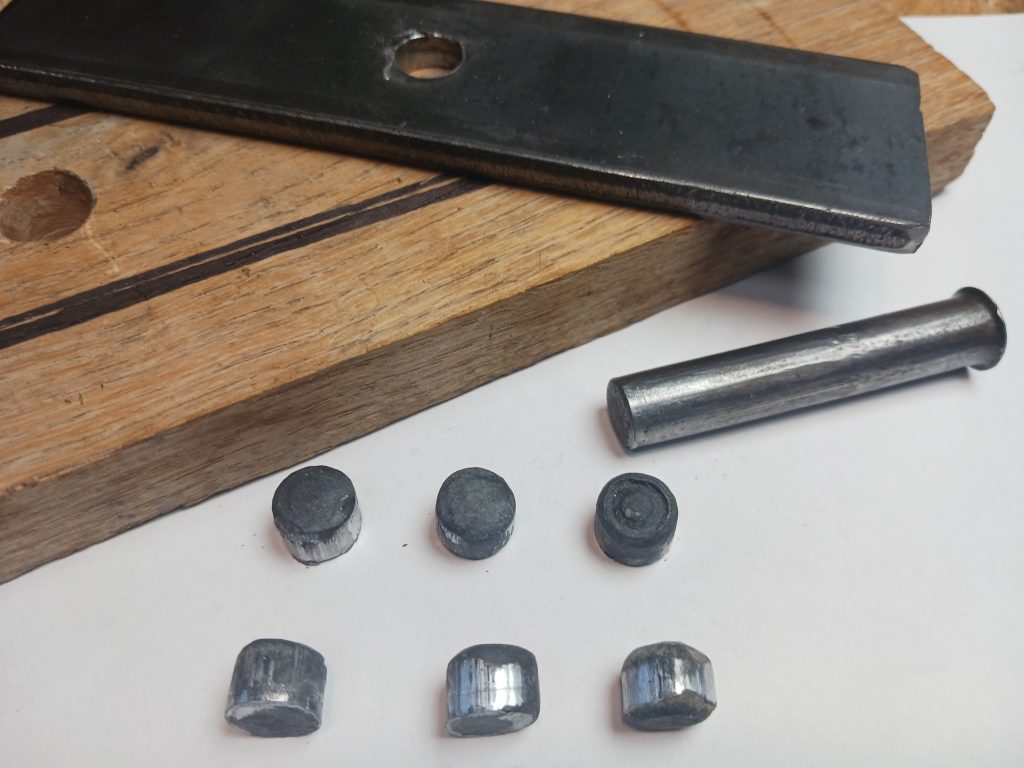
Steel Swage Bar, Rod, & Swaged Conicals
When I first started my research, I fired only round balls. I found that balls fired at low levels of powder could be recovered and, in many cases, reused. Some of them were too deformed to reuse. But by forcing them through holes drilled in steel bars, I was able to swage them into a reusable shape as lightweight conicals which are accurate, easily recovered, and reusable, time and time again.
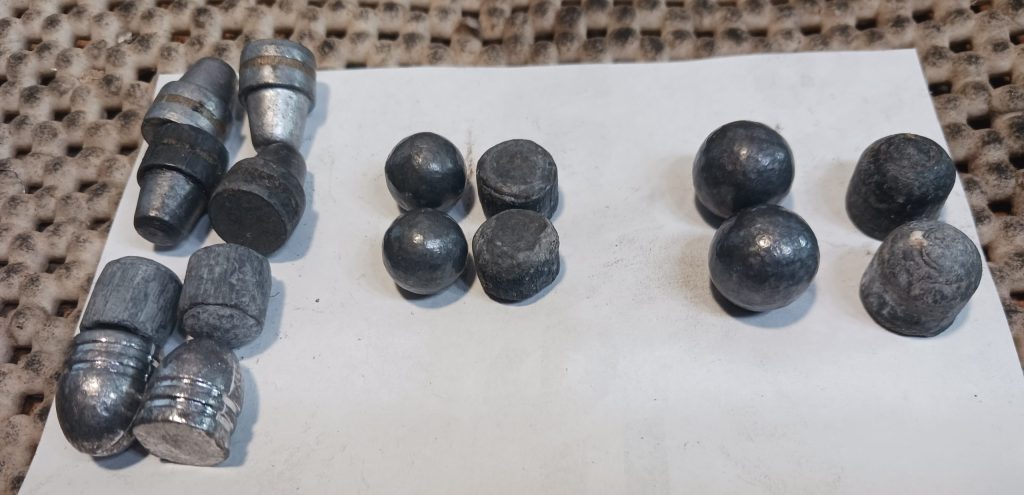
L to R: SWC & RN 200g, .451 Ball, .530 Ball: New & Recovered/Swaged
I have started to shoot store-bought conicals, which I also recover, swage and reuse. The swaged balls and conicals vary in shape and weight, so more work is needed to standardize them for more than gallery shooting. If I use new balls and conicals for swaged, the shape and weight are consistent, but I am trying to reuse bullets as much as possible.
Weapons, Projectiles, Powder, & Primers
The weapons I use are a selection of replica .44s, a .36, and the Ruger Old Army. Rifles were Thompson Center cap lock rifles, from .32 to .54. Projectiles used are round balls from .310″ to .530″, 200-gr revolver conicals, and swaged conicals using recovered projectiles. Percussion caps used are made with a cap maker and filled with PrimeAll compound from Sharp-shooter 22LR Reloader. Powders used are Triple-Seven FFF and Pyrodex P. I am still trying to develop a black powder recipe that works reliably. I just started that process, so more on that later.
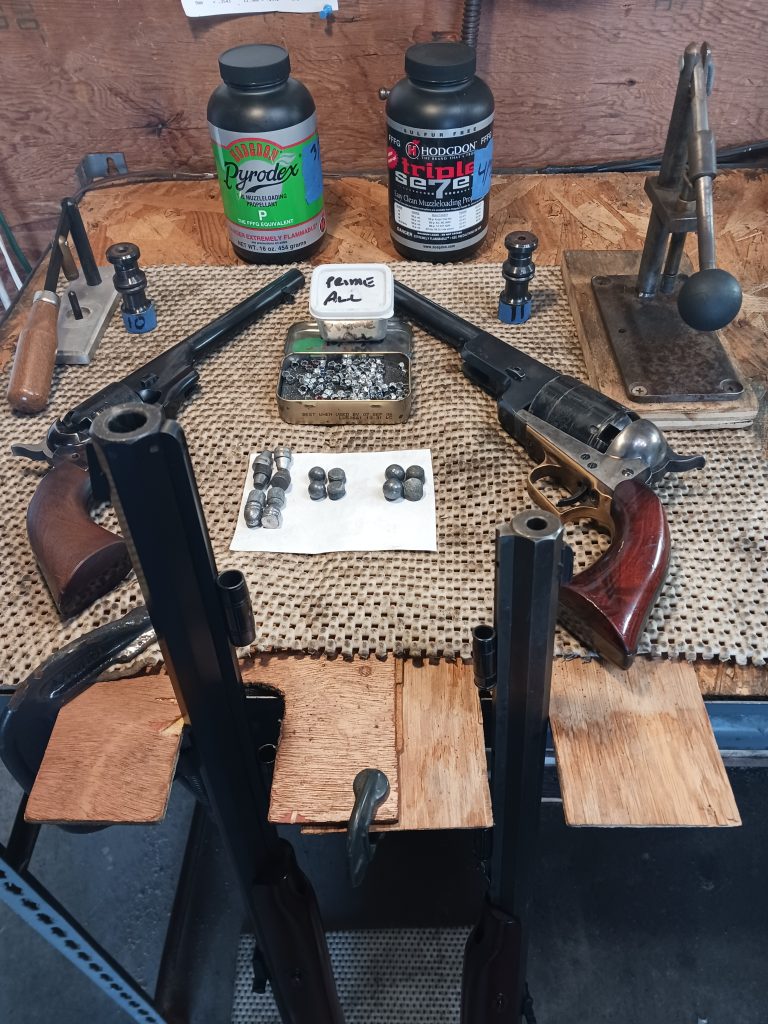
Powder, Cap Makers, Loading Stands, Prime-All, Caps, New & Recovered Bullets
Conclusion
My methods satisfy the four goals outlined above and give me confidence that my black powder guns are functional and reliable before I go to the range or field. If my guns fire with a 5-grain load, I can be confident that they will fire with a 20-grain load. Of course, accuracy has to be determined at higher loads and longer ranges.
When I started this project, I was limited in space and time. Now that I have so much more of each, I find I am still fascinated with the concept of getting great results with as little as possible, regardless of the range. It suits my nature, which is produce but save.
Please comment ruthlessly, but with grace and intelligence. It may help to focus your comments by first checking out “Likely Objections To My Methods”. On the other hand, it may add even more fuel to the fire. In any case: fire away!


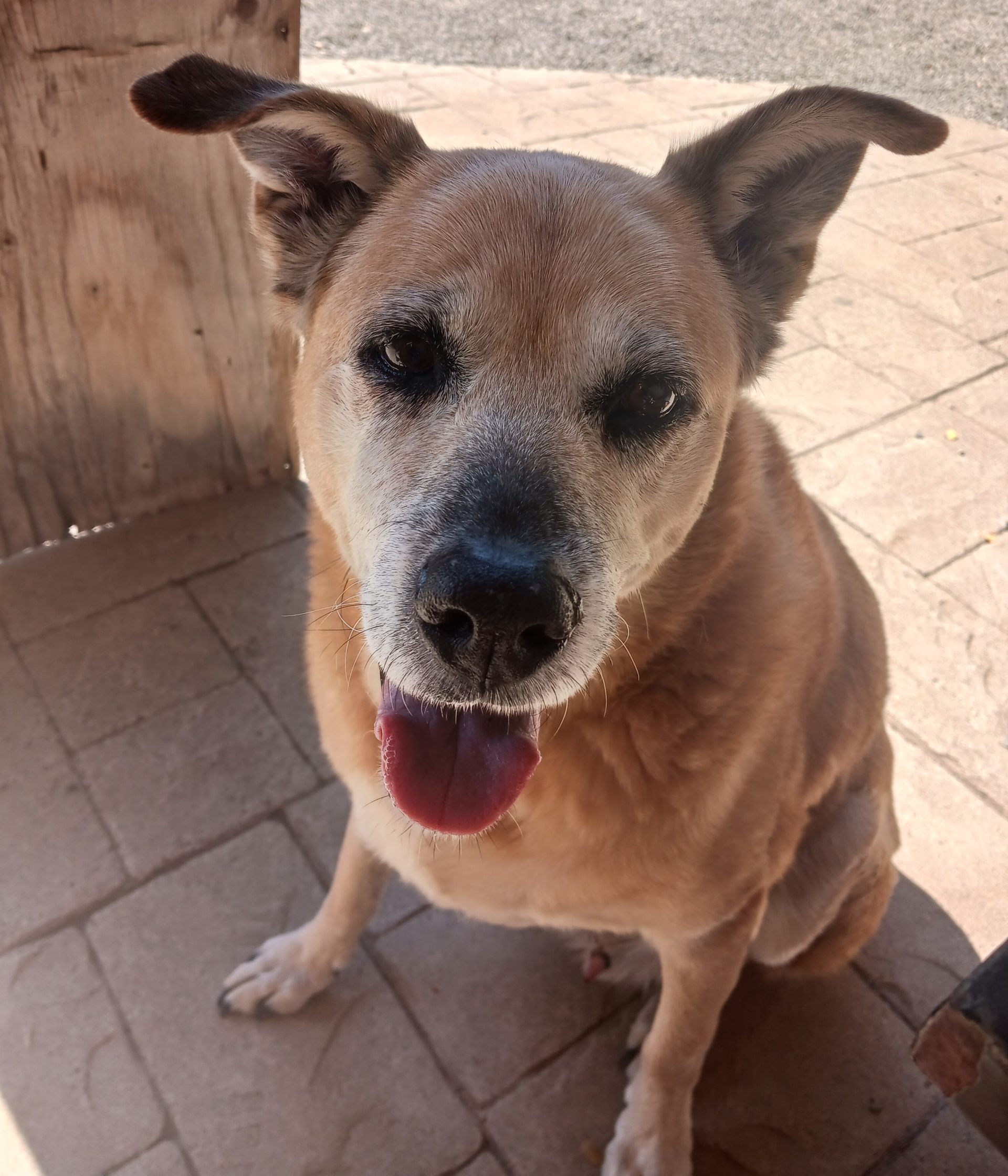

Leave a Reply